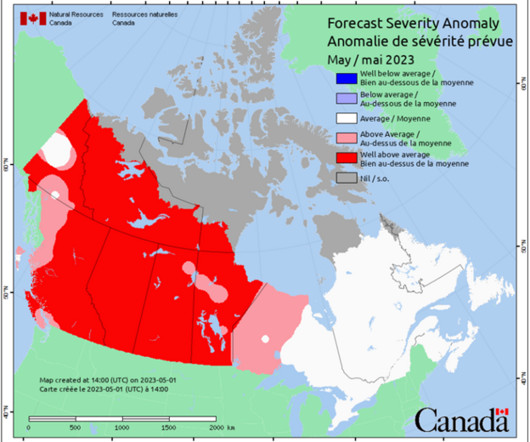The real burden of risk
Emergency Planning
SEPTEMBER 14, 2023
When I travel from north London to my university I use public transport, which is of variable reliability. In cities a car cannot even cross a pavement without the presence of one or two uniformed characters waving flags to alert passers-by. I then have to cross a busy four-lane arterial road. earthquake.











Let's personalize your content